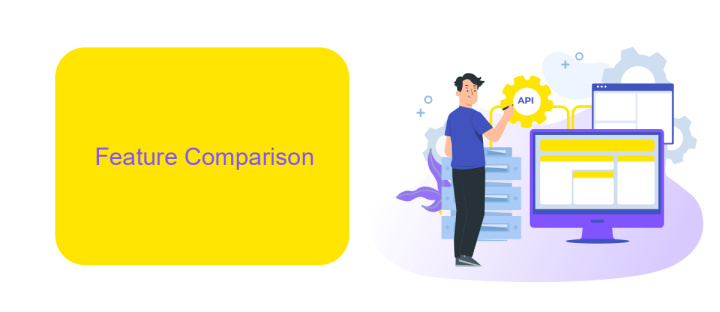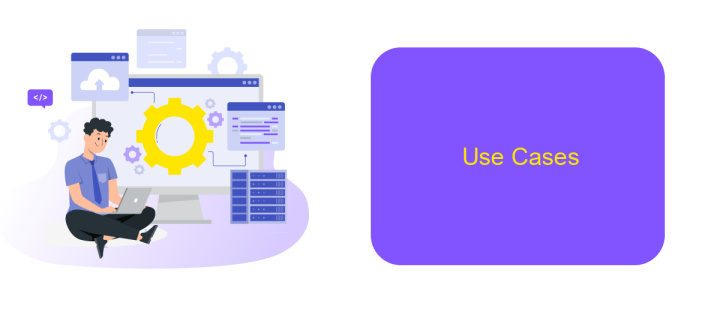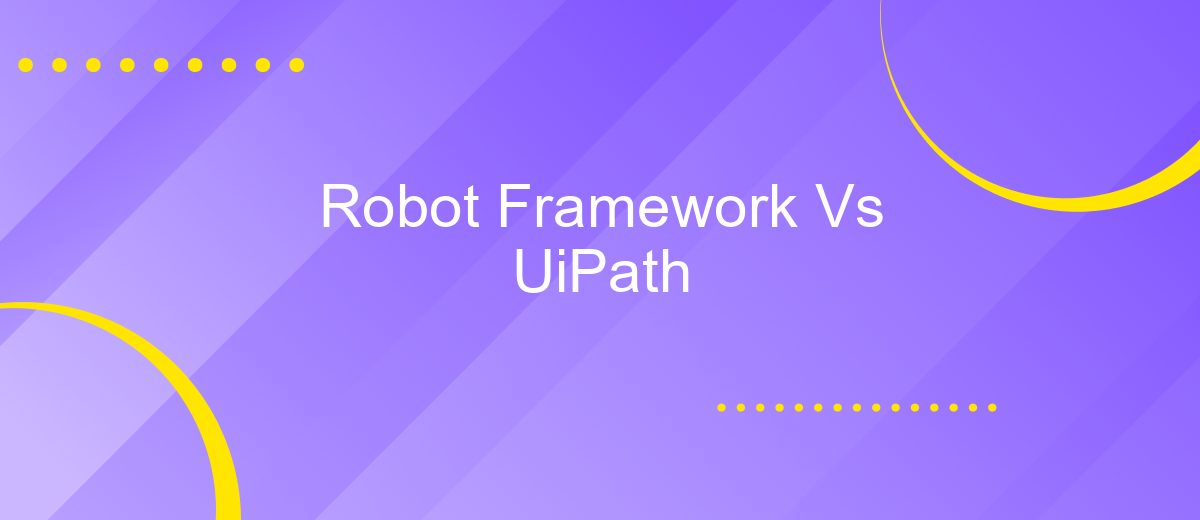Robot Framework Vs UiPath
In the rapidly evolving landscape of automation, choosing the right tool can significantly impact efficiency and outcomes. This article compares Robot Framework and UiPath, two leading automation platforms. We'll explore their features, strengths, and ideal use cases to help you make an informed decision on which tool best suits your automation needs. Whether you're a developer or a business analyst, this guide is for you.
Introduction
In the rapidly evolving landscape of automation, two prominent tools, Robot Framework and UiPath, have emerged as leaders. Both offer unique advantages and cater to different aspects of automation needs, making the choice between them a critical decision for businesses and developers alike.
- Robot Framework: An open-source automation framework that is highly extensible and versatile, suitable for test automation and robotic process automation (RPA).
- UiPath: A comprehensive RPA platform that provides a user-friendly interface and robust features for end-to-end automation solutions.
While Robot Framework excels in flexibility and integration capabilities, UiPath stands out for its ease of use and extensive functionality. For businesses looking to streamline their integration processes, services like ApiX-Drive can be invaluable. ApiX-Drive simplifies the integration of various applications and services, enhancing the overall efficiency of automation workflows. Understanding the strengths and limitations of each tool is essential for making an informed decision that aligns with specific business objectives and technical requirements.
Feature Comparison

Robot Framework and UiPath are popular tools for automation, each with distinct features. Robot Framework is an open-source automation framework that uses a keyword-driven approach, making it highly extensible and versatile. It supports multiple libraries and tools, and its text-based test cases are easy to read and write. However, it requires more manual setup and coding knowledge, which can be a barrier for non-technical users.
UiPath, on the other hand, is a commercial RPA (Robotic Process Automation) tool that offers a user-friendly, drag-and-drop interface. It is designed to be accessible for users with minimal programming experience. UiPath excels in integrating with various applications and services, and platforms like ApiX-Drive can further streamline these integrations by automating data transfer between different systems. While UiPath offers extensive support and a rich set of features, it comes with licensing costs, unlike the free-to-use Robot Framework.
Advantages and Disadvantages

When comparing Robot Framework and UiPath, it's essential to consider their unique advantages and disadvantages. Both platforms offer robust automation capabilities but cater to different needs and user preferences.
- Robot Framework is open-source and highly extensible, allowing users to customize and integrate with various tools. However, it requires more programming knowledge, which can be a barrier for non-technical users.
- UiPath, on the other hand, offers a user-friendly interface with drag-and-drop features, making it accessible for users with limited coding experience. Nevertheless, it can be more expensive due to licensing fees.
- Robot Framework supports a wide range of libraries and tools, including ApiX-Drive, which simplifies integration with various services. However, setting up these integrations might be complex for beginners.
- UiPath excels in enterprise-level automation with strong support and community resources. Yet, its reliance on proprietary software could limit flexibility and customization options.
Ultimately, the choice between Robot Framework and UiPath depends on the specific requirements of your project, budget, and the technical expertise of your team. Both tools have their strengths and can be highly effective when used appropriately.
Use Cases

Robot Framework and UiPath are both powerful tools used in the field of automation, but they serve different purposes and are suited for various use cases. Robot Framework is an open-source automation framework primarily used for acceptance testing and robotic process automation (RPA). It is highly extensible and can be integrated with various tools and libraries.
UiPath, on the other hand, is a commercial RPA tool that focuses on automating repetitive tasks in enterprise environments. It provides a user-friendly interface and is designed for both technical and non-technical users. With UiPath, businesses can streamline their processes and improve efficiency.
- Automated testing: Robot Framework excels in creating and managing automated tests for software applications.
- Data extraction and migration: UiPath is ideal for extracting data from various sources and migrating it to new systems.
- Integration tasks: Tools like ApiX-Drive can be used with both Robot Framework and UiPath to facilitate seamless integration between different applications and services.
In summary, Robot Framework is best suited for testing and technical automation tasks, while UiPath is more geared towards business process automation and is accessible to a broader audience. Depending on the specific needs of your project, you can choose the tool that aligns best with your requirements.
Conclusion
In conclusion, both Robot Framework and UiPath offer robust solutions for automation, each with its unique strengths. Robot Framework excels in flexibility and is highly suitable for those who are comfortable with scripting and require extensive customization. On the other hand, UiPath stands out for its user-friendly interface and powerful capabilities, making it an excellent choice for businesses looking to implement automation quickly and efficiently without deep technical expertise.
When it comes to integrating various tools and services, platforms like ApiX-Drive can significantly streamline the process. ApiX-Drive offers seamless integration capabilities, allowing for effortless data synchronization between Robot Framework, UiPath, and other essential business applications. This ensures that your automation workflows are not only efficient but also well-coordinated across different systems. Ultimately, the choice between Robot Framework and UiPath will depend on your specific needs, technical proficiency, and the complexity of the tasks you aim to automate.
- Automate the work of an online store or landing
- Empower through integration
- Don't spend money on programmers and integrators
- Save time by automating routine tasks
FAQ
What are the main differences between Robot Framework and UiPath?
Which one is more suitable for non-developers?
Can Robot Framework and UiPath be integrated with other systems?
Which one is more cost-effective?
Which one has better community support?
Routine tasks take a lot of time from employees? Do they burn out, do not have enough working day for the main duties and important things? Do you understand that the only way out of this situation in modern realities is automation? Try Apix-Drive for free and make sure that the online connector in 5 minutes of setting up integration will remove a significant part of the routine from your life and free up time for you and your employees.


